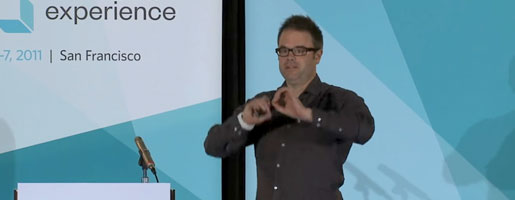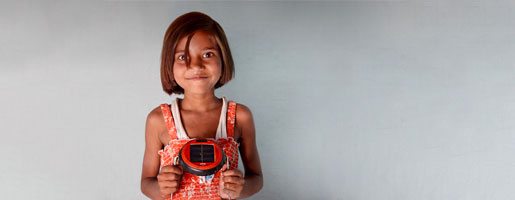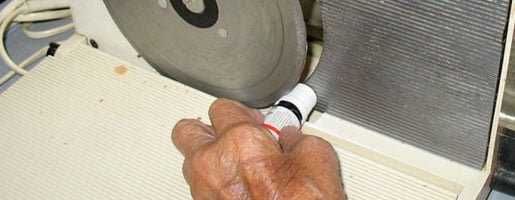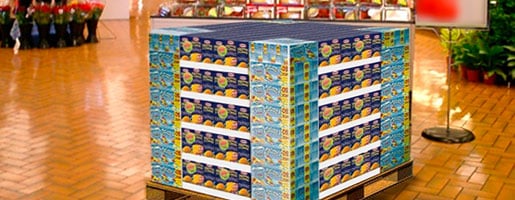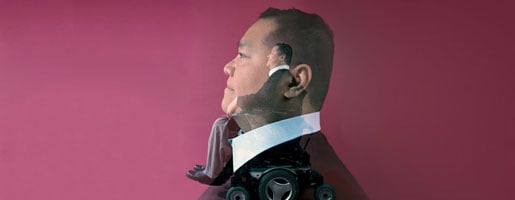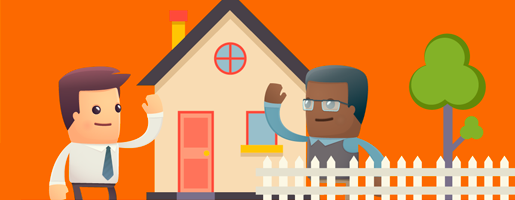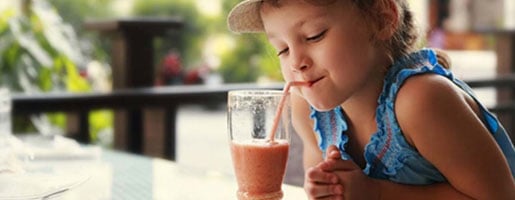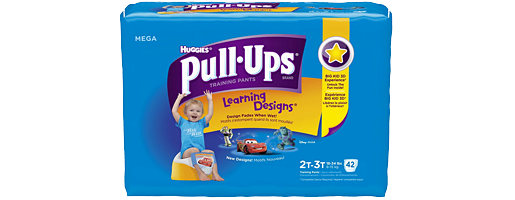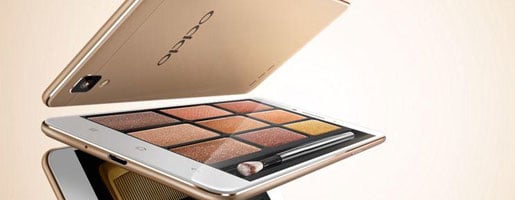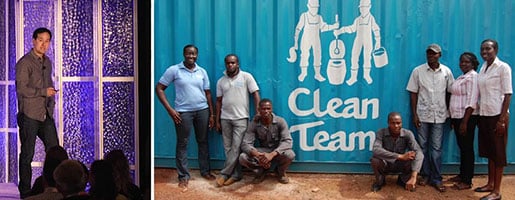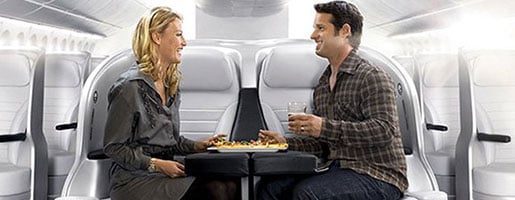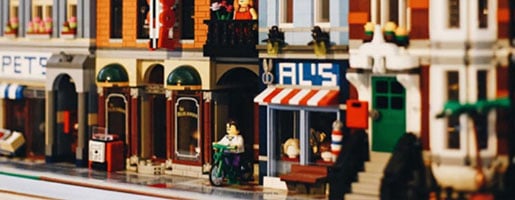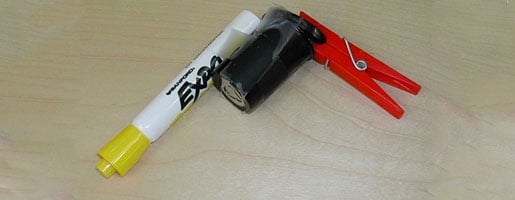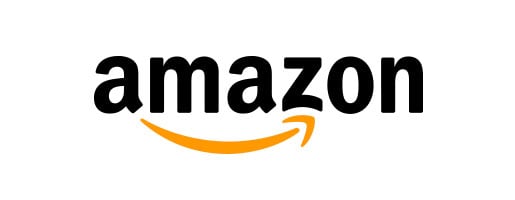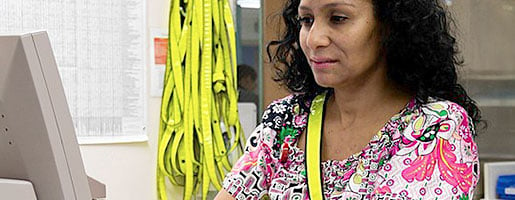ExperienceInnovation™ | Learn Facilitator Story Bank
 Innovation is a complex and abstract concept for some. Some design thinking principles and approaches are especially new, so especially challenging for people. Luckily, a great storyteller can bring these concepts into reality by animating the approach with a story. You're a great storyteller. Below are just a few stories, by stage of the process, to add to your repertoire. Please help us make this space more valuable by adding some of your own.
Innovation is a complex and abstract concept for some. Some design thinking principles and approaches are especially new, so especially challenging for people. Luckily, a great storyteller can bring these concepts into reality by animating the approach with a story. You're a great storyteller. Below are just a few stories, by stage of the process, to add to your repertoire. Please help us make this space more valuable by adding some of your own.

